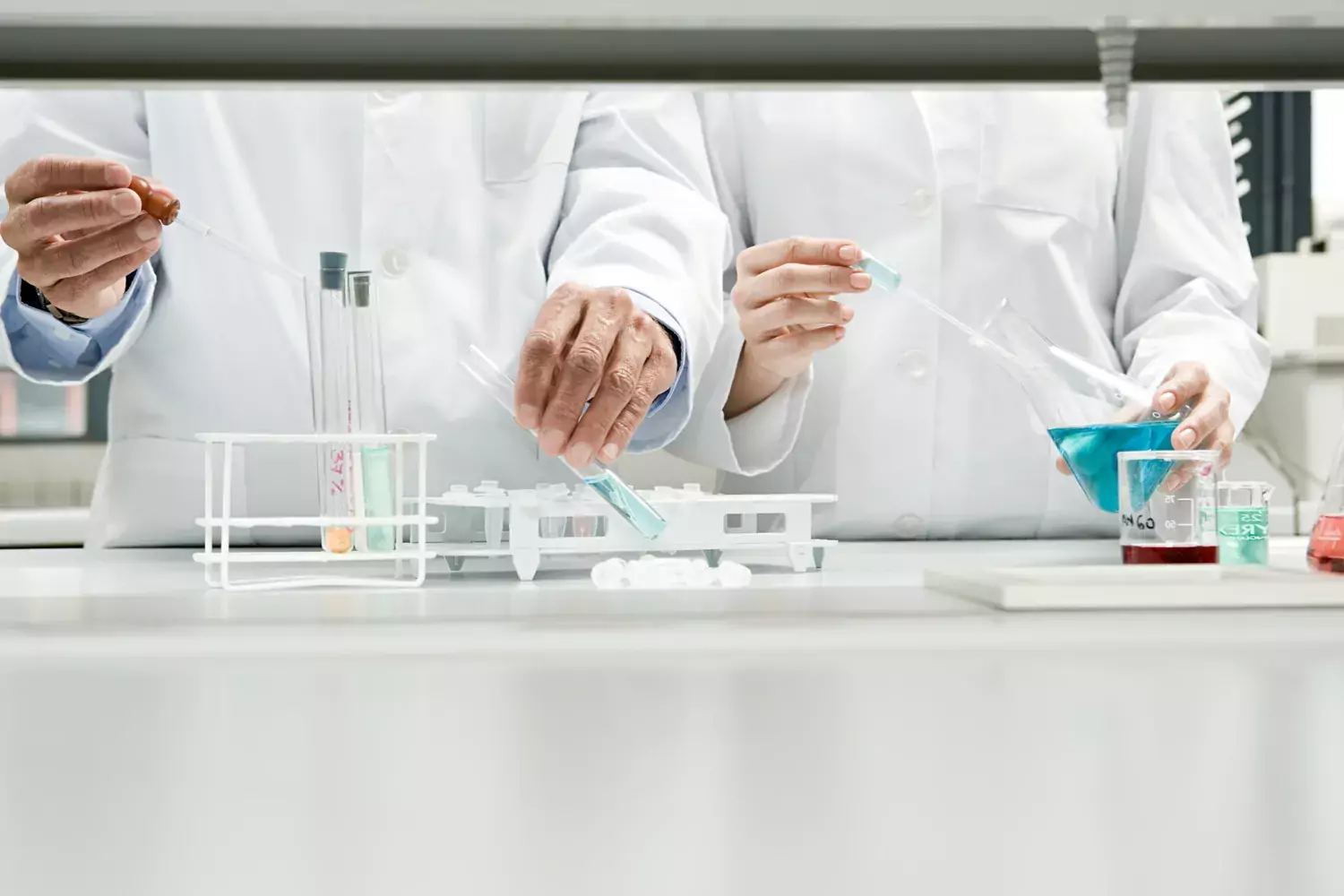Doing science together: Lessons from university-industry research programs

Karolinska Institutet has a long-standing collaboration with the global biopharmaceutical company AstraZeneca. In a recently published feature article in Drug Discovery Today, academic and industry representatives describe three success factors that help to leverage the strength of these types of partnerships: mutual collaboration, mutually beneficial science, and a mutual governance model with senior management involvement (3MCs).
To study the phenomenon of “doing science together,” the authors collected information on four of AstraZeneca’s research programs with its academic partners Karolinska Institutet and Uppsala University. These programs involved creating various projects and centers to research a range of therapeutic areas.
The first collaboration, the Positron Emission Tomography (PET) project, began in 2006 and continues to this day. The others also involved large-scale, long-term collaborative research programs: Translational Science Center, SciLifeLab and Integrated Cardio Metabolic Center.
The authors conclude that the success of these efforts is attributed to their emphasis on mutual collaboration. Through joint steering committees, both academic and company researchers actively shape the research direction. This close collaboration helps build trust and efficient decision-making. It has also generated many joint publications, reflecting the dedication of both sides to scientific advancement.
Mutual benefits
Mutually beneficial science is another key aspect of these partnerships. In the programs, the company and the university scientists benefited through access to expertise, research processes and infrastructure, unique cohorts, biobanks, data, and data analysis resulting in biomarkers and targets, and subsequent funding or follow-on projects.
To ensure effective governance, the parties integrated senior management in the decision-making processes. Dedicated alliance managers from both sides were appointed and other departments such as finance and legal were involved early on. This shortened the time lag between deciding and executing the research.

The authors base their conclusions on discussions and interviews with both company and university representatives. They have also taken into consideration the scientific outcomes and progressions from the collaborations.
“These examples provide valuable lessons for fostering productive university-industry interactions,” says Lena Lewin, scientific coordinator at Karolinska Institutet and one of the co-authors of the article.
Three of the authors (two from AstraZeneca and one from Karolinska Institutet) have been involved in the collaborations studied in this feature.
Publication
“Doing science together: Gaining momentum from long-term explorative university–industry research programs.” Bastian Rake, Kaushik Sengupta, Lena Lewin, Anna Sandström, Maureen McKelvey, Drug Discovery Today, online June 24, 2023, doi: 10.1016/j.drudis.2023.103687
